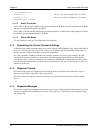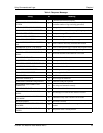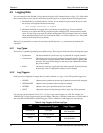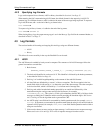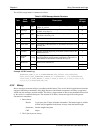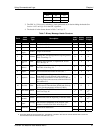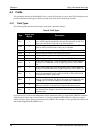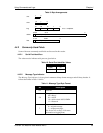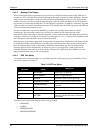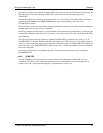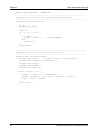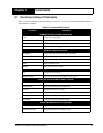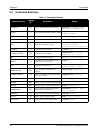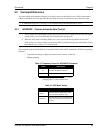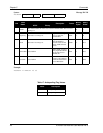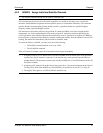
40 EuroPak-15a Receiver User Manual Rev 5
Chapter 4 Using Commands and Logs
4.4.2.3 Message Time Stamps
All NovAtel format messages generated by the receiver have a GPS time stamp in their header. GPS time is
referenced to UTC with zero point defined as midnight on the night of January 6, 1980 at 0:00 hours. The time
stamp consists of the number of weeks since that zero point, the EuroPak-15a rolls over, (0 to 1023) and the
number of seconds since the last week number change (0 to 603,799). GPS time differs from UTC time since
leap seconds are occasionally inserted into UTC but GPS time is continuous. In addition a small error (less than
1 microsecond) can exist in synchronization between UTC and GPS time. The TIME log reports both GPS and
UTC time and the offset between the two.
The data in synchronous logs, like the RANGE log, are based on a periodic measurement of satellite
pseudoranges. The time stamp on these logs is the receiver estimate of GPS time at the time of the
measurement. When setting time in external equipment, a small synchronous log with a high baud rate will be
accurate to a fraction of a second. A synchronous log with trigger ONTIME 1 can be used in conjunction with
the 1 PPS signal to provide relative accuracy better than 250 ns.
Other log types (asynchronous and polled) are triggered by an external event and the time in the header may not
be synchronized to the current GPS time. Logs that contain satellite broadcast data have the transmit time of
their last subframe in the header. In the header of differential time matched logs, the time of the matched
reference and local observation that they are based on is given. Logs triggered by a mark event have the
estimated GPS time of the mark event in their header. The header of a polled log, like VERSION, gives the
approximate GPS time when its data was generated.
4.4.2.4 GPS Time Status
All reported receiver times are subject to a qualifying time status. This status gives you an indication of how
well a time is known, see Table 12:
Table 12: GPS Time Status
There are several distinct states that the receiver will go through:
• UNKNOWN
• COARSE
• FREEWHEELING
• FINE/FINESTEERING
GPS Time Status
(Decimal)
GPS Time Status
(ASCII)
Description
20 UNKNOWN Time validity is unknown.
60 APPROXIMATE Time is set approximately.
100 COARSE This time is valid to coarse precision.
120 COARSESTEERING Time is coarse set, and is being steered.
130 FREEWHEELING
Position is lost, and the range bias cannot be
calculated.
160 FINE Time has fine precision.
180 FINESTEERING Time is fine, set and is being steered.
200 SATTIME
Time from satellite. This is only used in logs
containing satellite data such as ephemeris
and almanac.



